All aboard the Cutty Sark
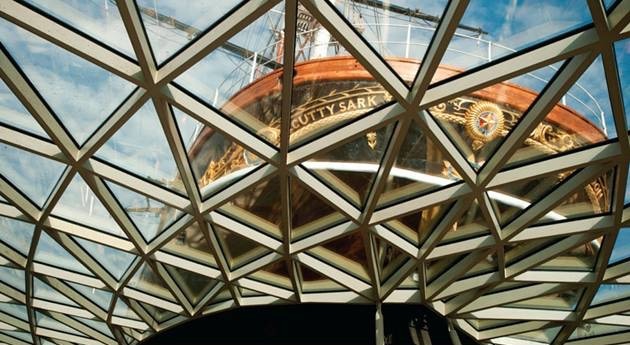
The Upcoming gets a sneak peek below deck at the recently re-opened Cutty Sark, the world’s last surviving tea clipper.
She sits on a sea of glass rather than on the River Thames and it will be a miracle if this ship ever sets sail again. Nevertheless, Cutty Sark is looking resplendent, set majestically in the newly landscaped gardens in Greenwich, looking across to the Isle of Dogs.
It has taken more than five years and £50 million to rebuild, but at last one of London’s most impressive landmarks was re-opened on 25th April by the Queen, accompanied by Prince Phillip.
A major fire in 2007 added 14 months to the estimated completion date and an extra £10 million to the total cost. It’s due to fanatics of maritime history that the Cutty Sark has surfaced, with the late Sammy Ofer KBE, a shipping magnate, donating £3.8 million to the restoration work. The primary sponsor is HSBC, while her trading partners include Twinings, The Woolmark Company and the Edrington Group (which produces Cutty Sark whisky).
It’s the culmination of six years’ work and one of the most complex conservation projects ever undertaken on a historic ship. The Cutty Sark has been raised 3.3 metres into the air, relieving the keel of the weight of the ship and preserving her unique shape. The ship’s weather deck and rigging have been restored, with 11 miles (17.5 km) of rigging supporting the masts.
I walked under the ship and marvelled at the elegant lines of her hull. It’s an awe-inspiring feeling to walk from one end of the ship to see a collection of over 80 ships’ figureheads and travel to the other end which has a smart café serving cappuccinos and light meals.
But this isn’t just a magnificent landmark. It also tells the ship’s history, from the time when she was launched in 1869, reaching a record-breaking speed of 17.5 knots (20 mph/32kmph) from Sydney to London. Astonishing as it seems today in the age of long-haul flights to Australia, but the Cutty Sark set a record passage time of 73 days from Sydney to London. In her heyday, the ship visited most major ports around the world, carrying cargo ranging from the finest teas in China to gunpowder as well as whisky, wool and buffalo horns.
The interactive exhibitions bring its maritime history into sharp focus. In particular, the history of tea comes vividly to life. The cargo hold is stacked with tea chests upon which videos are played, telling the story of tea production in China. Best of all, you can still smell the aromatic, woody tang of tea in the hold.
Ghosts of the past emerge and thanks to the audio-visual and digital content, everyone from the cabin boy to the cook looks out at you to tell their story. For techie geeks, there’s even a Smartphone App which allows you to peel back the layers of the ship’s hull to reveal its structure.
During June, there will be half-term activities where you can “meet” Captain Woodget, the ship’s longest-serving master, or find out more about the dangers of life at sea.
It has only just re-opened and already there’s a sizeable queue of visitors prepared to pay the adult admission price of £12. The Cutty Sark has been much missed in Greenwich and will no doubt put the royal borough back as a top tourist destination.
Fiona Keating
Photo: Courtesy of Cutty Sark
Watch the trailer for the Cutty Sark launch here:

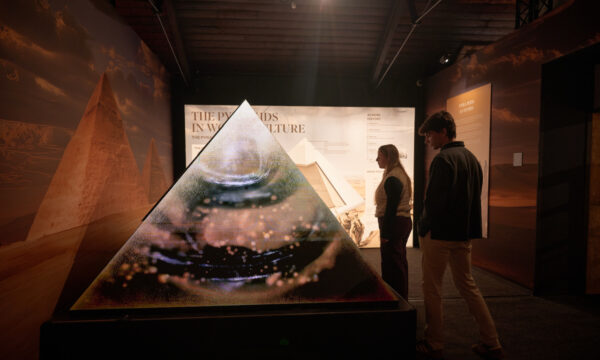


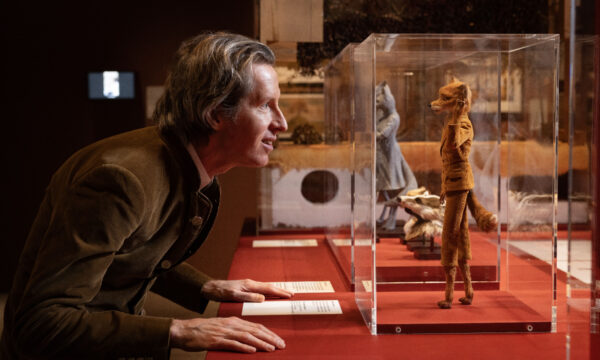
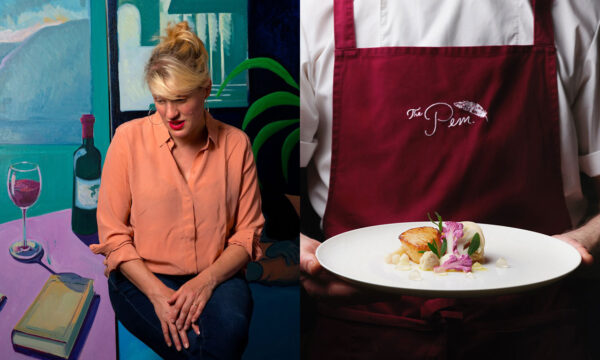
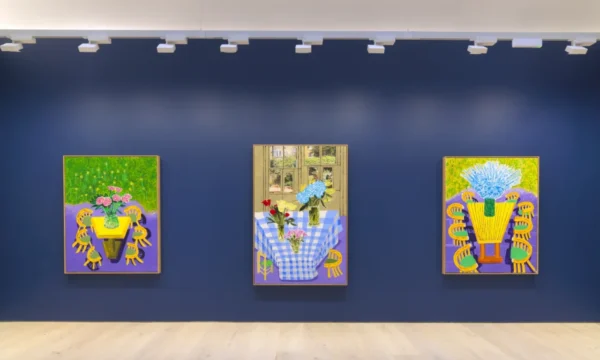

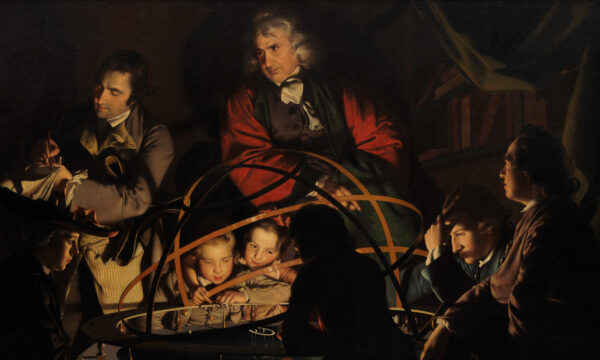
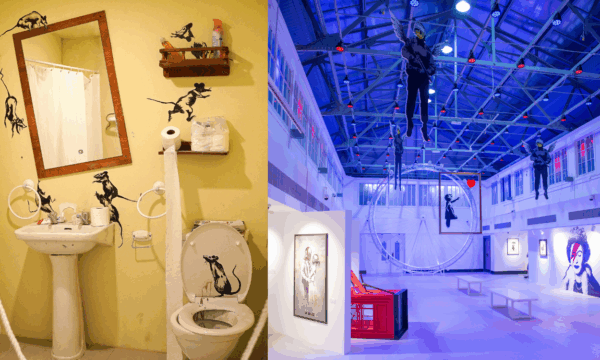











Facebook
Twitter
Instagram
YouTube
RSS